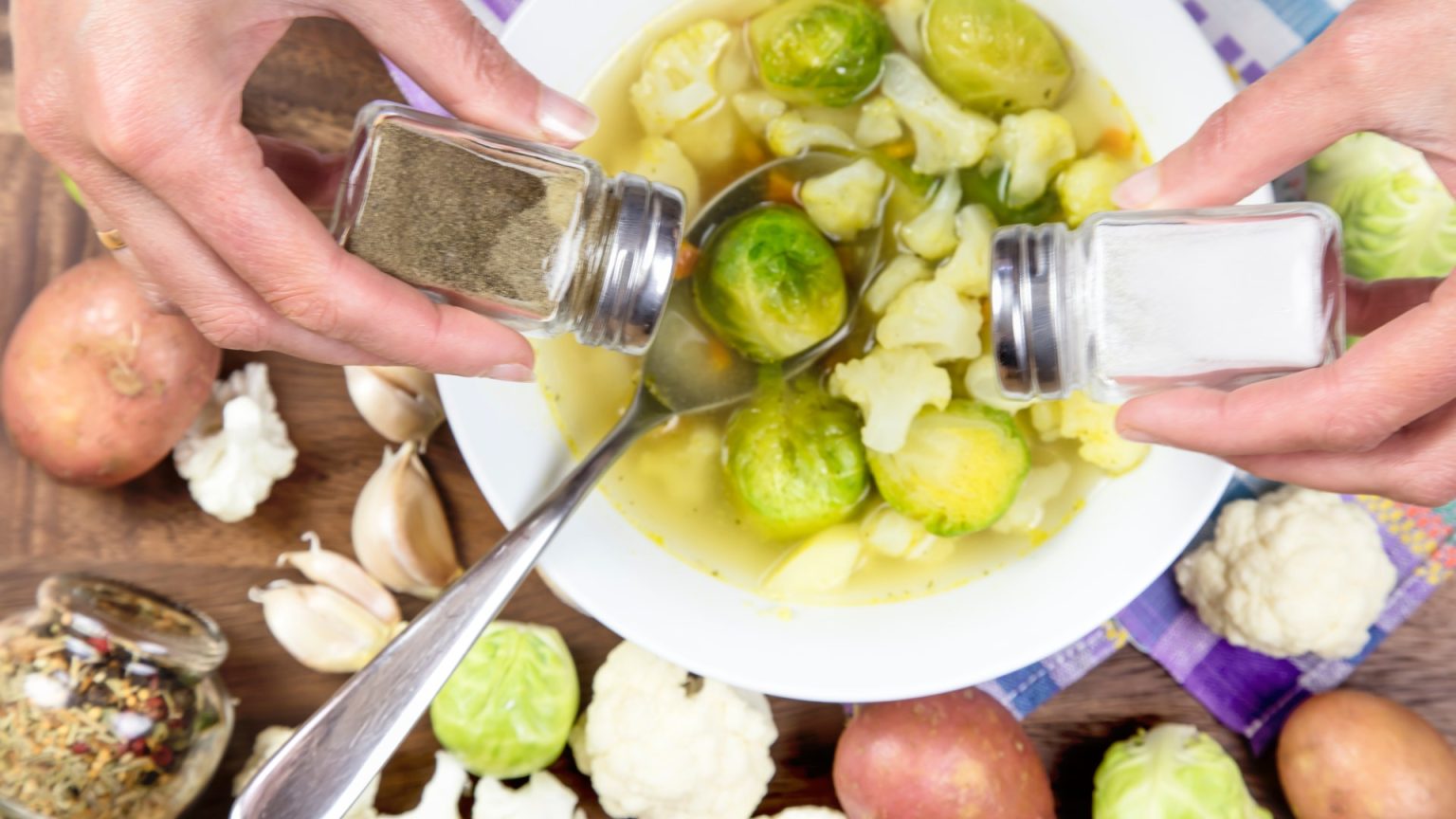The festive season often leads to a significant amount of food waste, with estimates suggesting a staggering £300 million worth of Christmas food will be discarded in the UK this year. However, instead of contributing to this wasteful trend, there are numerous creative and delicious ways to transform leftovers into exciting new dishes, saving money and reducing environmental impact. From repurposing roast dinner components to utilizing cheeseboard remnants, the possibilities for culinary innovation are abundant.
One popular trend circulating on social media platforms like TikTok involves creating loaded fries with leftover Christmas dinner ingredients. Roasted potatoes can be transformed into crispy fries, then topped with a medley of fried sausages, bacon, and stuffing. A generous sprinkle of grated cheese, a dollop of cranberry sauce, and a drizzle of leftover gravy complete this indulgent and satisfying dish. This approach not only minimizes waste but also provides a fun and flavorful way to enjoy traditional Christmas flavors in a new format.
Cheeseboards, another staple of the festive season, often leave behind an assortment of cheeses, fruits, and breads. These remnants can be creatively combined to create elegant and flavorful crostini. A simple recipe involves marinating chopped figs in sugar and lemon juice, then creating a fig jam by simmering the mixture with vermouth, rosemary, and water. Day-old baguette slices, toasted until golden brown, provide the perfect base for a creamy feta and Greek yogurt spread, topped with the homemade fig jam. This recipe elevates leftover ingredients into a sophisticated appetizer or snack, showcasing the versatility of cheeseboard components.
Even the often-maligned Brussels sprout can be redeemed with a simple yet flavorful soup. Chopped sprouts and onions are sautéed, then simmered in vegetable or chicken stock until tender. A touch of chestnut puree adds richness and depth of flavor, and the mixture is then blended until smooth. A swirl of double cream elevates this comforting soup, providing a delicious and nutritious way to use up leftover sprouts and avoid unnecessary waste. This recipe demonstrates that even the less popular Christmas vegetables can be transformed into something truly enjoyable.
Beyond these specific recipes, the principle of creative reuse can be applied to a wide range of Christmas leftovers. Turkey carcasses can be simmered to create flavorful stocks for soups and sauces. Leftover roast vegetables can be incorporated into frittatas, omelets, or bubble and squeak. Even cranberry sauce can find new life as a glaze for baked ham or a topping for pancakes. The key is to think beyond the traditional confines of Christmas dinner and embrace the opportunity to experiment with flavors and textures.
By adopting a resourceful approach to leftovers, we can not only reduce food waste and save money but also discover exciting new culinary combinations. This Christmas, let’s move away from the wasteful practice of discarding perfectly good food and embrace the challenge of transforming leftovers into delicious and innovative dishes. This conscious approach to cooking not only benefits our wallets and the environment but also adds a creative and satisfying dimension to the festive season.


